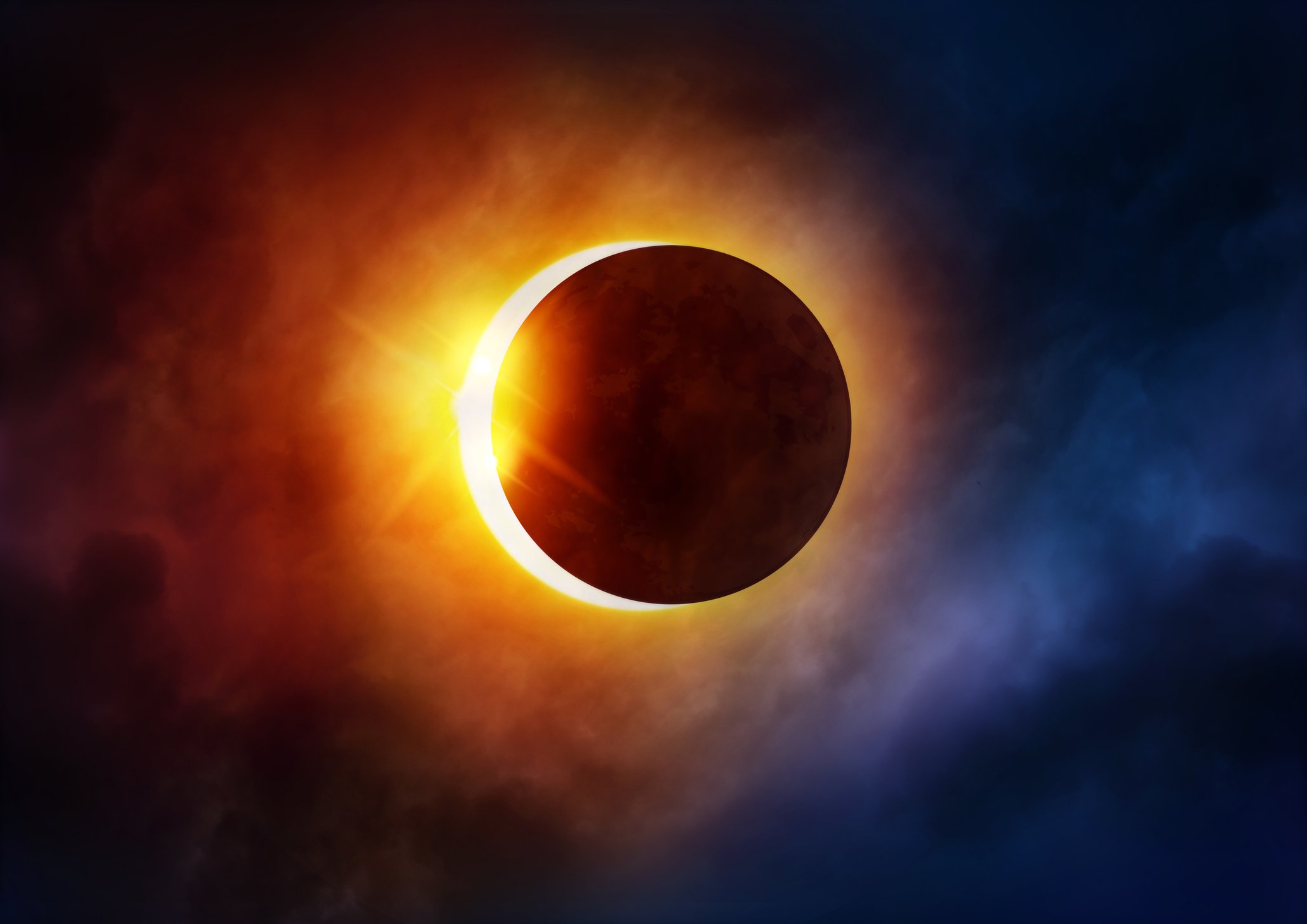On April 8, 2024, humanity will be able to observe a new total solar eclipse for approximately four minutes, but only Mexico, the United States and parts of Canada will be able to watch the event. To take advantage of this opportunity, the United States National Aeronautics and Space Administration (NASA) Announced that it will launch three sounding rockets from the Atmospheric Perturbations Around the Eclipse Path (APEP) mission.
It is scheduled to launch from Wallops Flight Facility in Virginia. Sounding rockets will be sent to collect data on disturbances in the ionosphere — The effect is created when the shadow effect of the Moon darkens the Sun.
The ionosphere begins about 90 kilometers above the Earth’s surface and is normally exposed to sunlight throughout the day; Therefore, observing the atmospheric layer during the eclipse can provide new data.
Project researchers claim that the area disrupts radio signals and affects satellite communications, while the ionosphere persists up to an altitude of 500 kilometers. Definitely Understanding the ionosphere and developing new models that can help predict disturbances and prevent media-related problems.
“The sounding rockets will be launched at three different times: 45 minutes before, during, and 45 minutes after the peak of the local eclipse. These intervals are important for collecting data on how the sudden disappearance of the Sun affects the ionosphere and causes disturbances that will lead to the solar eclipse. NASA said “It has the potential to interfere with our communications,” he explains in an official release.
Rocket, Solar Eclipse and Ionosphere
Ionosphere A layer located between the Earth’s lower atmosphere and the complete vacuum of space. During observation of previous events, scientists discovered that atmospheric waves can affect the entire eclipse path and cause local disturbances that interfere with radio signals.
As NASA explained in a statement, Each rocket will send four instruments the size of a two-litre PET bottle to probe the ionosphere. Only three rockets will be sent in total, but these devices will deliver results as if the space agency had sent fifteen rockets to the region.
“We saw disturbances on the second and third rockets that could affect radio communications, but not on the first rocket, which occurred before the peak of the local eclipse. We’re very excited to launch them again during the total eclipse to see if the disturbances start at the same altitude and if their size and scale remain the same,” Embry- said. study leader Aroh Barjatya, a professor of engineering physics at Riddle Aeronautical University in the United States.
Did you like the content? Stay informed about upcoming celestial events on TecMundo. If you wish, take the opportunity to understand what the date of the last total solar eclipse on Earth might have been.
Source: Tec Mundo
I’m Blaine Morgan, an experienced journalist and writer with over 8 years of experience in the tech industry. My expertise lies in writing about technology news and trends, covering everything from cutting-edge gadgets to emerging software developments. I’ve written for several leading publications including Gadget Onus where I am an author.













